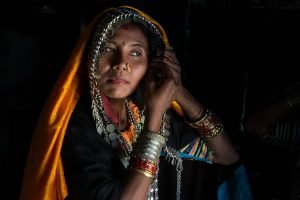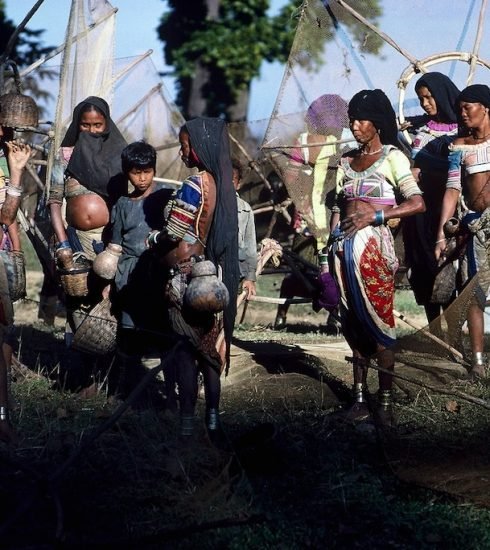Adorned in Heritage: Rana Tharu Clothing and Dress
Introduction
In the heart of Nepal’s Terai region, a vibrant and diverse cultural tapestry is woven through the intricate threads of Rana Tharu clothing and dress. A reflection of tradition, climate, lifestyle, and identity, Rana Tharu attire not only serves functional purposes but also embodies a sense of belonging and pride. In this exploration, we dive into the captivating world of Rana Tharu clothing, delving into its history, significance, styles, and artistry that elevates it beyond mere fabric.
Historical Roots and Cultural Identity
Rana Tharu’s clothing is a testament to the rich history and cultural heritage of this community. Rooted in the region’s agrarian past, their attire is a blend of indigenous customs, interactions with neighboring communities, and the demands of a subtropical environment. The clothing tells the story of their daily lives, their connection to the land, and their distinct identity.
Traditional Attire: A Glimpse into the Past
The traditional Rana Tharu outfit is a symphony of colors, textures, and intricate details. Women often wear the “Gunyo Cholo,” a vibrant blouse paired with a flowing skirt called “Fariya.” These garments are adorned with handcrafted embroidery and mirror work, reflecting a legacy of artistic expression passed down through generations. Men traditionally sport a “Daura Suruwal,” a knee-length shirt paired with tapered pants, showcasing their own unique embroidery and design elements.
Natural Fibers and Climate Adaptation
The choice of fabrics and clothing design in Rana Tharu culture is rooted in their surroundings. The Terai’s hot and humid climate has influenced the use of lightweight, breathable materials like cotton. The clothing is designed to allow for ease of movement and comfort, which is essential for the community’s agricultural and daily activities.
Intricate Embroidery and Artistry
Embroidery is a hallmark of Rana Tharu clothing, serving both aesthetic and cultural purposes. The intricate patterns and motifs hold symbolic meanings, often representing elements of nature, religious beliefs, and community identity. Skilled artisans meticulously create these designs, turning each garment into a canvas that narrates a story of tradition and heritage.
Evolution and Contemporary Trends
While Rana Tharu clothing remains deeply rooted in tradition, contemporary influences have also made their mark. Modern fabrics, colors, and design elements are being incorporated, reflecting a harmonious fusion of the past and the present. This evolution not only breathes new life into Rana Tharu attire but also allows for the continuation of this unique heritage in changing times.
Preserving Cultural Heritage
Rana Tharu clothing stands as a cultural touchstone, connecting individuals to their roots and weaving a sense of unity within the community. Efforts to preserve and promote traditional attire are evident in festivals, ceremonies, and daily life, where Rana Tharu clothing is proudly worn. This preservation not only honors the past but also serves as a source of empowerment and a way to pass down cultural knowledge to future generations.
Conclusion
Rana Tharu clothing is a living testament to the community’s history, culture, and artistic prowess. Each garment is a canvas that tells a story, a symbol of resilience, and a reminder of the harmonious relationship between humanity and nature. As the Rana Tharu people continue to embrace their heritage while navigating the currents of modernity, their clothing remains an enduring expression of identity and a vibrant thread in the fabric of Nepalese culture.






